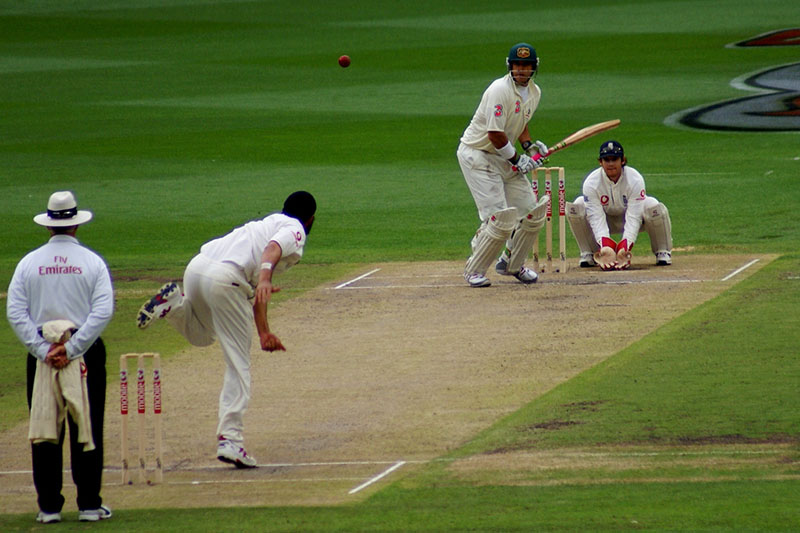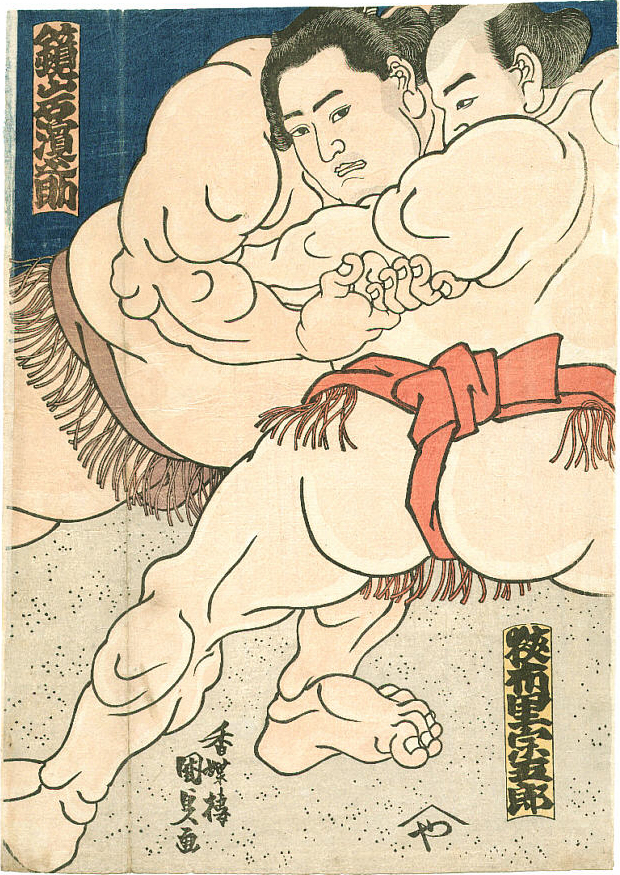Se-tenant: Fair Dinkum Aussie Alphabet Part 1 Gutter (Australia 2016)
Fair Dinkum Aussie Alphabet Part 1 Gutter (Australia 2016)
01 March (Australia ) within release Fair Dinkum Aussie Alphabet Part 1 goes into circulation Se-tenant Fair Dinkum Aussie Alphabet Part 1 Gutter face value 10*1 Australian dollar
| Se-tenant Fair Dinkum Aussie Alphabet Part 1 Gutter in catalogues | |
|---|---|
| Colnect codes: | Col:AU 2016-41 |
Se-tenant is horizontal format.
Not listed by SG.Also in the issue Fair Dinkum Aussie Alphabet Part 1:
- Stamp - N is for New South Wales face value 1;
- Stamp - Q is for Queensland face value 1;
- Stamp - S is for South Australia face value 1;
- Stamp - V is for Victoria face value 1;
- Stamp - W is for Western Australia face value 1;
- Stamp - New South Wales SA face value 1;
- Stamp - Queensland SA face value 1;
- Stamp - South Australia SA face value 1;
- Stamp - Victoria SA face value 1;
- Stamp - Western Australia SA face value 1;
- Se-tenant - Fair Dinkum Aussie Alphabet Part 1 Gutter face value 10*1;
- Booklet - N is for New South Wales, Nipper, Numbat face value 10*1;
- Booklet - Q is for Queensland, Quokka, Queue, Quoll face value 10*1;
- Booklet - S is for South Australia, Shark, Sandcastle, Surf, Starfish face value 10*1;
- Booklet - V is for Victoria, Victa, Vegemite, Vegetables, Violin face value 10*1;
- Booklet - W is for Western Australia, Wombat, Wattle, Waratah face value 10*1;
Se-tenant Fair Dinkum Aussie Alphabet Part 1 Gutter it reflects the thematic directions:
Animals are multicellular, eukaryotic organisms of the kingdom Animalia (also called Metazoa). All animals are motile, meaning they can move spontaneously and independently, at some point in their lives. Their body plan eventually becomes fixed as they develop, although some undergo a process of metamorphosis later on in their lives. All animals are heterotrophs: they must ingest other organisms or their products for sustenance.
A beach is a landform alongside a body of water which consists of loose particles. The particles composing a beach are typically made from rock, such as sand, gravel, shingle, pebbles, etc., or biological sources, such as mollusc shells or coralline algae. Sediments settle in different densities and structures, depending on the local wave action and weather, creating different textures, colors and gradients or layers of material.
Cricket is a bat-and-ball game that is played between two teams of eleven players on a field at the centre of which is a 22-yard (20-metre) pitch with a wicket at each end, each comprising two bails balanced on three stumps. Two players from the batting team (the striker and nonstriker) stand in front of either wicket, with one player from the fielding team (the bowler) bowling the ball towards the striker's wicket from the opposite end of the pitch. The striker's goal is to hit the bowled ball and then switch places with the nonstriker, with the batting team scoring one run for each exchange. Runs are also scored when the ball reaches or crosses the boundary of the field or when the ball is bowled illegally.
Mammals are any vertebrates within the class Mammalia (/məˈmeɪli.ə/ from Latin mamma "breast"), a clade of endothermic amniotes distinguished from reptiles (including birds) by the possession of a neocortex (a region of the brain), hair, three middle ear bones and mammary glands. All female mammals nurse their young with milk, secreted from the mammary glands. Mammals include the largest animals on the planet, the great whales. The basic body type is a terrestrial quadruped, but some mammals are adapted for life at sea, in the air, in trees, underground or on two legs. The largest group of mammals, the placentals, have a placenta, which enables the feeding of the fetus during gestation. Mammals range in size from the 30–40 mm (1.2–1.6 in) bumblebee bat to the 30-meter (98 ft) blue whale. With the exception of the five species of monotreme (egg-laying mammals), all modern mammals give birth to live young. Most mammals, including the six most species-rich orders, belong to the placental group. The largest orders are the rodents, bats and Soricomorpha (shrews and allies). The next three biggest orders, depending on the biological classification scheme used, are the Primates (apes and monkeys), the Cetartiodactyla (whales and even-toed ungulates), and the Carnivora (cats, dogs, seals, and allies).
Sports, are all usually forms of competitive physical activity or games which, through casual or organised participation, aim to use, maintain or improve physical ability and skills while providing enjoyment to participants, and in some cases, entertainment for spectators. Usually the contest or game is between two sides, each attempting to exceed the other. Some sports allow a tie game; others provide tie-breaking methods, to ensure one winner and one loser. A number of such two-sided contests may be arranged in a tournament producing a champion. Many sports leagues make an annual champion by arranging games in a regular sports season, followed in some cases by playoffs. Hundreds of sports exist, from those between single contestants, through to those with hundreds of simultaneous participants, either in teams or competing as individuals. In certain sports such as racing, many contestants may compete, each against each other, with one winner.






